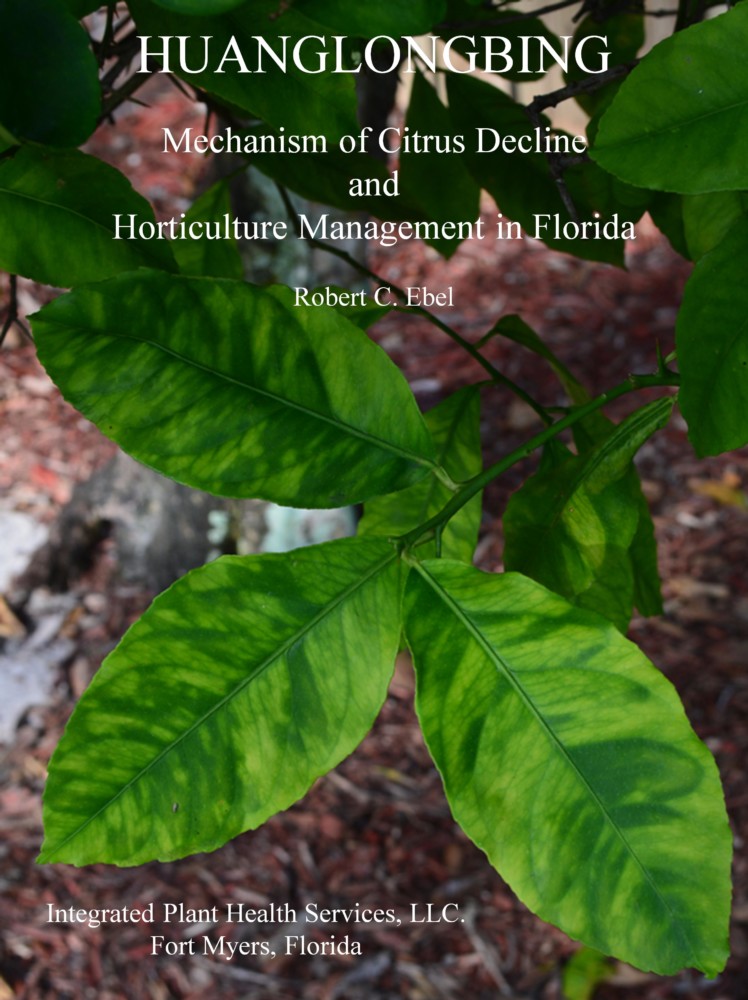

Huanglongbing is the most devastating disease of citrus that has severely impacted many commercial citrus growing regions around the world. The movement of Huanglongbing into Florida has stimulated a massive research effort over the last decade to elucidate the mechanism of decline caused by the disease and to propose solutions. This text summarizes the research, offers novel hypotheses as to the mechanism of decline, and proposes solutions commercial growers can implement or research to mitigate the decline caused by this disease in their groves. The subject matter covers molecular biology, physiology, anatomy, observable symptoms, horticultural management practices, and economics. Huanglongbing is considered to be a disease complex with secondary stresses causing the severest decline and the book covers those biotic and abiotic stresses that are perceived to be contributing factors. The book includes over 70 tables, figures, and illustrations that facilitate the discussion and over 1,000 citations. The author's goal was to exhaustively survey and study the literature to give a current synopsis of the science behind this disease and based on the mechanism of decline offer science-based suggestions for commercial grove managers to adjust their horticultural management practices to mitigate decline.